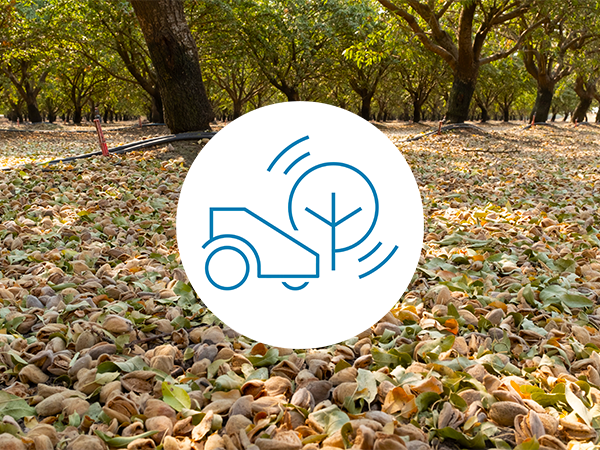Course Description
In this session, the focus is on reducing harvest dust in the almond industry. The session begins with an overview of dust control regulations, followed by detailed insights from experts such as Jason Bear on dust toolkit and best practices, Luca Sevilla on using conditioners during harvest, and Ted Strauss on low dust incentive programs. Key objectives include understanding the importance of minimizing dust for community health, recognizing the types of dust particles (PM10 and PM2.5), and the industry’s progress in emission reduction. The San Joaquin Valley Air District’s neighborhood strategy and incentive programs aim to support growers in adopting low-dust equipment. The almond industry targets a 50% dust reduction by 2025 through research on best practices like reducing passes and adjusting equipment settings. The session also covers advancements in low dust harvest technology, conditioners for efficient and cleaner harvests, and various programs to support growers in improving air quality and sustainability. The overarching goal of this session is to achieve awareness of methods to achieve significant dust reduction while maintaining productivity and ensuring the well-being of the community and environment.
Course Objectives:
After completing this course, learners will be able to:
- Understand the regulations related to dust control in the almond industry and their implications for community health.
- Recognize the importance of minimizing dust emissions, including the types of dust particles (PM10 and PM2.5) and their impact on air quality.
- Learn about the almond industry’s progress in emission reduction efforts and its commitment to achieving a 50% dust reduction by 2025.
- Explore best practices for dust reduction during harvest, including insights from experts on utilizing dust toolkits, conditioners, and low-dust equipment.
- Discuss the San Joaquin Valley Air District’s neighborhood strategy and incentive programs that support growers in adopting low-dust harvesting technologies.
- Examine advancements in low dust harvest technology and their role in improving air quality while maintaining harvest efficiency.
- Promote awareness of various programs available to growers aimed at enhancing sustainability and ensuring community and environmental well-being through effective dust reduction practices.

